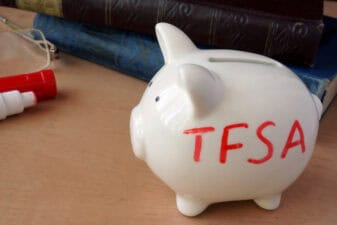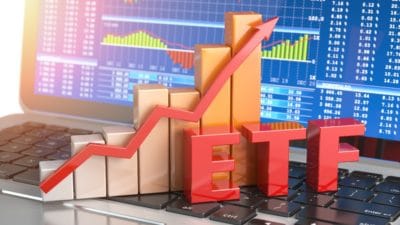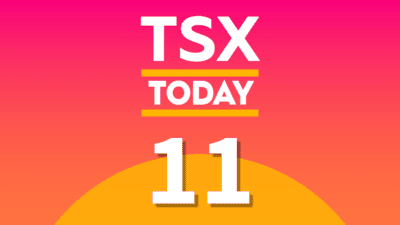If you’re retired and younger than 71, you probably have an RRSP. A recent Statcan survey showed that 35% of Canadian households contributed to RRSPs last year. You may be one of them, even if you don’t know it. Many Canadians have automatic contribution RRSPs set up through their employers. If you have one, your contributions come out of your monthly or bi-weekly paycheque.
For many years, contributing to an RRSP was an article of faith in Canadian retirement planning. Providing a tax break on contribution and the ability to potentially withdraw at a lower tax rate, RRSPs made sense for a long time. In some situations, they still do. But in 2009, a new account was launched that changed the retirement game forever:
The Tax-Free Savings Account (TFSA) is a tax-sheltered account that lets you both hold and withdraw investments tax free. That latter quality is one that the RRSP doesn’t have. While TFSAs lack the tax break on contribution, they offer much more flexibility to withdraw funds. In this article, I will explore a few reasons why a TFSA may be better than an RRSP.
TFSAs are never taxable
One big advantage of TFSAs is that they are almost never taxable. The only time when you can be taxed inside a TFSA is if you break the account’s rules. If you play by the book, you will not be taxed in a TFSA or when you go to withdraw from it — ever.
This is not the case with RRSPs. While the tax break you get upon transferring money to an RRSP is very generous, you pay up when you take the money out — potentially, a lot. The strategy with RRSP withdrawals is to make them when you’re no longer working. That way, you’ll pay less tax. If you’re still working and earning a high income when mandatory withdrawals kick in at age 71, the strategy goes bust.
Consider a person earning $250,000 a year in Ontario who invests $10,000 per year in an RRSP. We will assume that this individual is investing in a defensive index fund like iShares S&P/TSX Capped Composite Index Fund (TSX:XIC). That’s a fund that offers both dividends and capital gain potential — so the investor might receive big tax savings on it.
An investor buying $10,000 worth of XIC in an RRSP each year gets $5,000 in tax savings on each contribution. That’s based on 50% — the marginal tax rate for someone earning $250,000 per year in Ontario. So, their savings are enormous. And because this person is investing sensibly in XIC, they are likely to make serviceable returns.
The conversation changes when they go to withdraw. If this person, for some reason, still needs to work past age 71 — to pay off debt, for example — then they are going to be forced to with withdraw a minimum of 5.28% of their RRSP funds each year. If they have $750,000 saved, that’s $39,600 in annual withdrawals. With a 50% tax rate, they’re paying out $19,800 per year in RRSP taxes. Ouch.
If, however, this individual invests in a TFSA, they pay no tax at all. True, they don’t get the tax deduction. But they’d be able to withdraw money tax free. Given the steep taxes on high incomes, they would probably make out better with the TFSA. So, always consider your own unique situation when deciding between an RRSP or TFSA. A financial advisor may be able to tell you which is right for your individual circumstances.

 Don't let our Poutine Day offer get cold: 65% off Stock Advisor ends at midnight!
Don't let our Poutine Day offer get cold: 65% off Stock Advisor ends at midnight!







